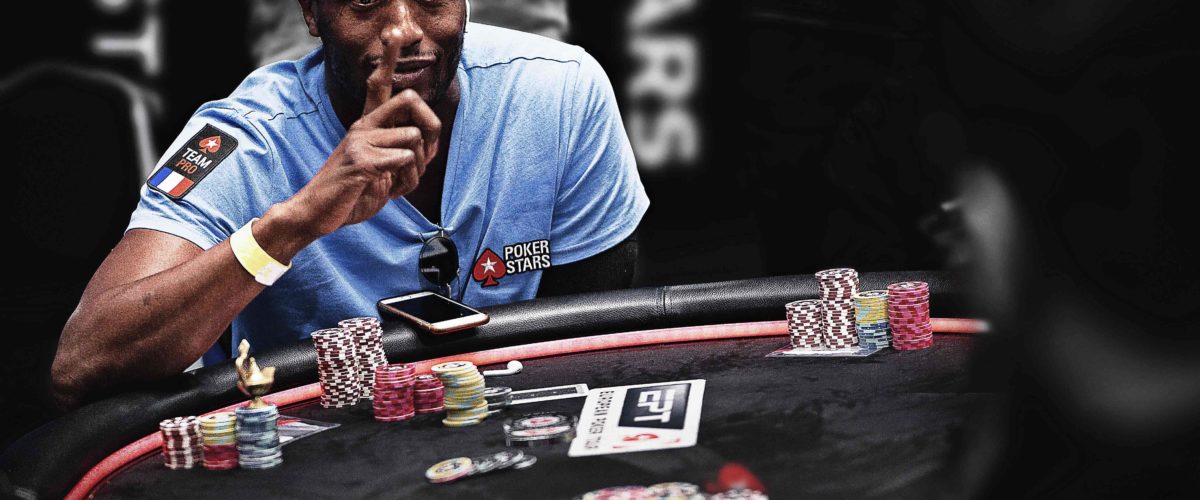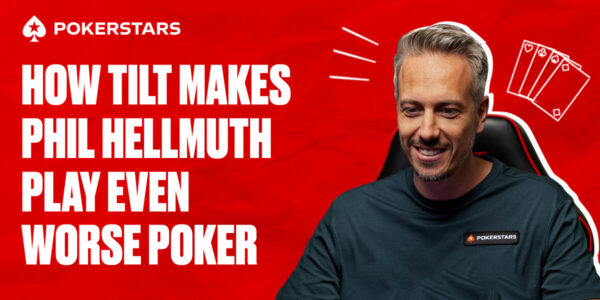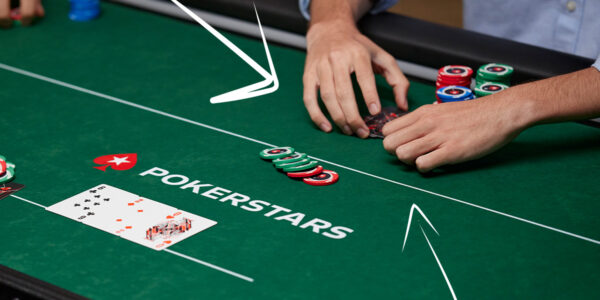When to Play Passively
Aggression gets a lot of press in poker and rightly so. The first thing we are taught is to avoid limping and calling down too wide – both passive lines. But the teachings of tight-aggressive ABC play, and even loose-aggressive not-so-ABC play often fail to explore the merits of checking and calling in certain spots.
Let’s take a look at when the passive option might just be the best one. Our example hand today comes from a session I had with one of my students. This player could do with taking his cursor off the bet and raise buttons in quite a few spots.
When Implied Odds Beat Fold Equity
Our implied odds are the ratio of Hero’s investment to the average amount he will win if he connects in a certain way with the flop or the next card.
Fold equity is the amount of the time you will cause your opponent to fold by making a bet or raise.
These two concepts are inversely proportionate, meaning that the higher one is, the lower the other will generally be.
Let’s say you have called a flop c-bet and are facing a turn bet with K♠ J♠ on 8♠ 4♠ 2♠ 3♣ . Villain is tight and cautious, so you believe that if you make a raise with your draw, he will fold very often. Your fold equity is high here.
On the other hand, if you call instead and then hit your hand, you are unlikely to win much extra money due to Villain’s propensity to fold frequently so we can say that you have poor implied odds.
In this case, it is better to play aggressively and take down the pot with your draw. After all, you will often miss and end up with no showdown value by the river.
Contrast this situation to the opposite one where fold equity is low and implied odds are high.
If the turn bet you face comes from a tilted, aggressive opponent who is looking to gamble, you’re unlikely to get much fold equity by raising and likely to face another bet on the river if you get there – which you could raise and even get paid off sometimes. In this case, implied odds are good and fold equity is low – you should simply call Villain’s bet.


When Facing Strong Ranges
When Villain’s range is strong, your implied odds go up and your fold equity goes down. As we have just seen, this means that you should play more passively.
The reason that small pocket pairs are very good defends from the BB against early position opens is that they have a lot of implied odds against a strong range. On the other hand, 3-betting them is undesirable as fold equity is never usually great out of position against an early position raiser.
Example:
In this hand I looked at with my student, he had opened in the LJ with 7♦ 6♦ to $0.75 in a 25NL game (blinds $0.10 and $0.25) and had been 3-Bet to $1.50 by the HJ. He found the obvious call here.
Already, as we head towards the flop, we know that Villain is a weaker player. No competent opponent is going to give us this good of a price to flat the 3-Bet. Moreover, the average weaker player’s range for 3-betting in these positions is quite strong. We are already in a situation where implied odds are high and fold equity is low.
The flop ($3.35) came A♦ 6♣ 3♦ and my student correctly checked. Villain bet $1.50 and my student raised to $5.00. What do you think of this play?
My student’s explanation was that he wanted to fold out the hands like JJ-KK in Villain’s range. This is not a terrible reason for raising, but I pointed out that calling might also allow him to do this – it would just mean bluffing later in the hand.
If we call here and Villain checks behind on the turn, we will gain some cheap information that he likely does not have an ace. This will make bluffing a better and safer idea on the river than it is on the flop.
Since Villain’s range is still quite strong on the flop, and he is a weaker player, this means our implied odds for calling are very decent. When we improve to a flush, two pair, or trips, we are quite likely to win a large pot. On the other hand, our fold equity is low as recreational players will rarely part with top pair in this situation to any action. Trying to bluff weaker hands than top pair is not something we need to do immediately, so the flop raise is a mistake.
My student got called here and then proceeded to semi-bluff shove for 1.4x the pot on the turn, which was the Q♥ . Sadly, he ran into AK and did not improve. I pointed out that even though he had embarked on a bluff on the flop, it was not too late to terminate this bluff on the turn and hope to get a cheap river.
If Villain bets small on the turn when checked to, then our implied odds on a call are going to be easily good enough to call, since we can get paid off on the river a reasonable amount of the time if we improve. If Villain checks behind on the turn, which he may do out of wariness after our flop raise, then our implied odds are even better – the investment side of them will be zero and the pay-out side very good as we can lead the river and often get called by top pair and the like.
Finally, if Villain bets the turn huge and we have to fold, then this is no worse than us shoving as a semi-bluff because a bluff shove is close to 0EV any way. This is a spot in which the passive line is much better than the aggressive one.














